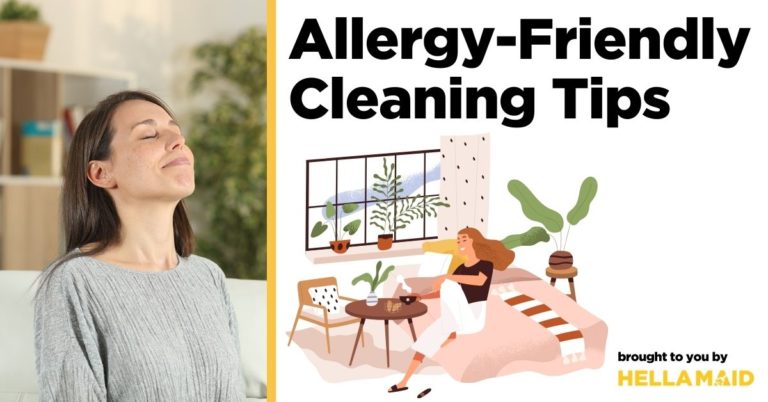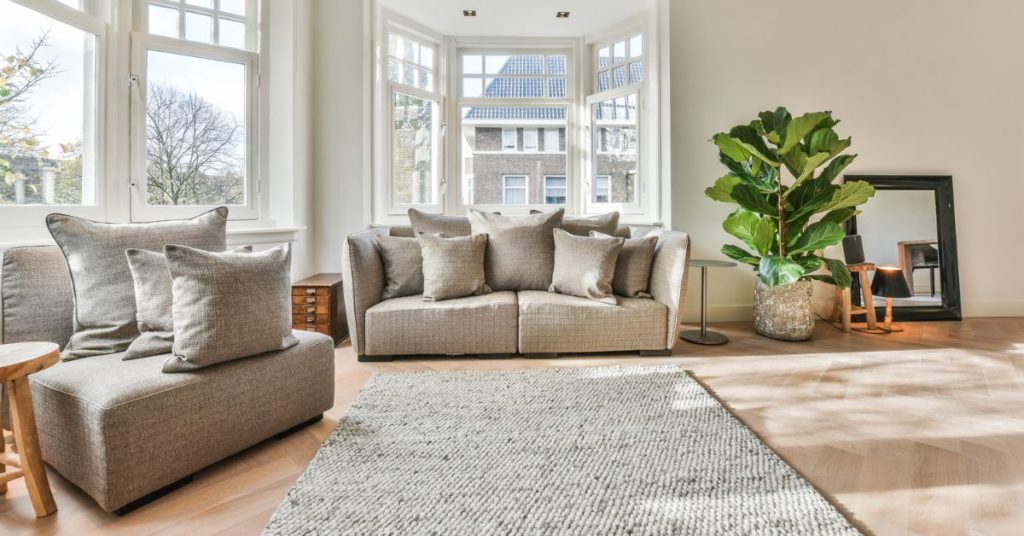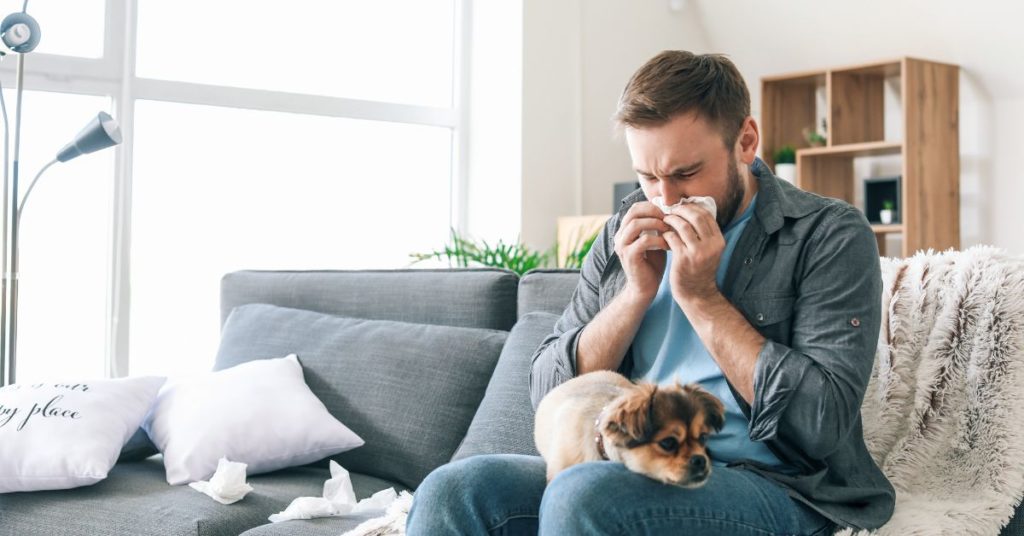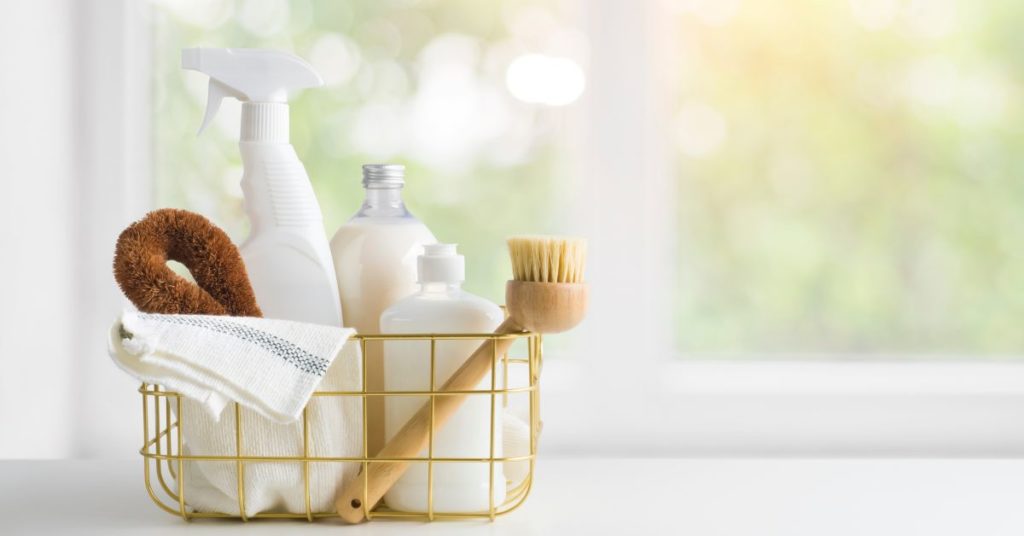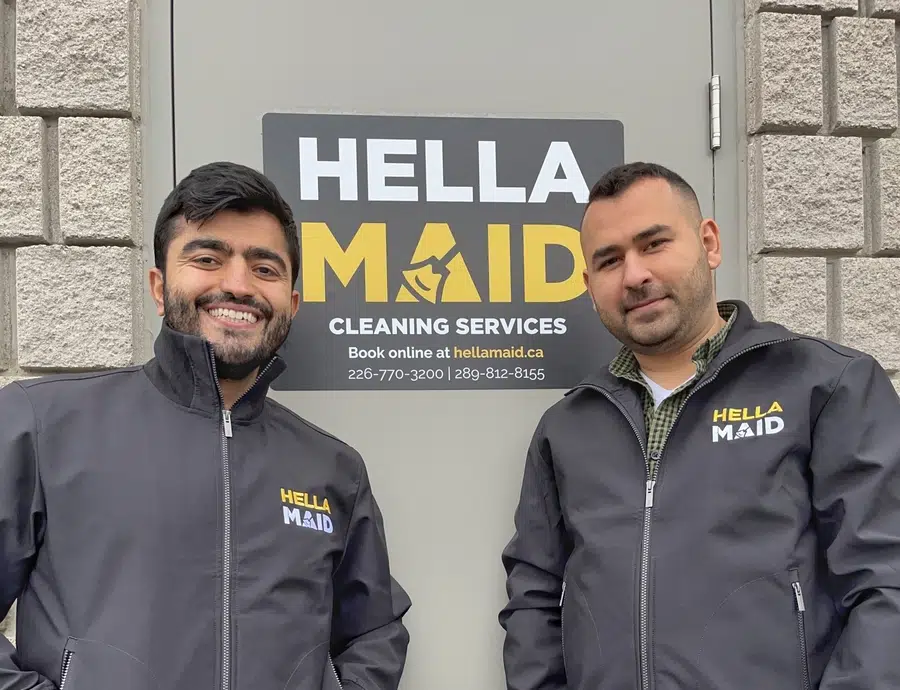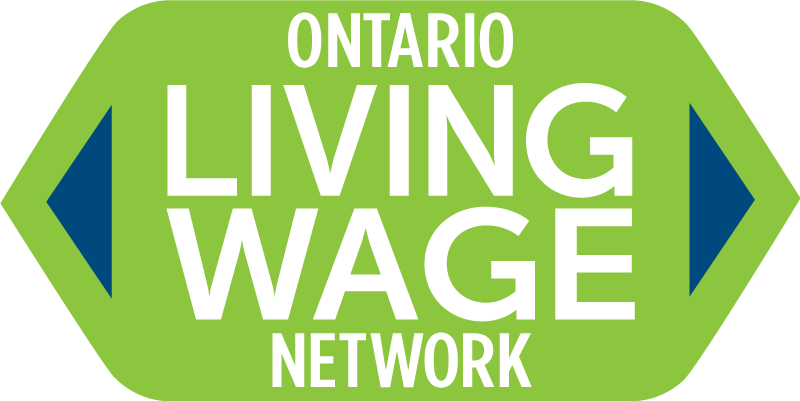In a world where allergies are increasingly common, creating an allergy-friendly cleaning routine is essential for maintaining a healthy and comfortable home environment. The phrase “allergy-friendly cleaning” encompasses a set of practices aimed at minimizing allergens and creating a space that promotes well-being for individuals prone to allergies. By adopting effective cleaning strategies and implementing a seasonal checklist, you can significantly reduce allergens and provide relief from the discomfort of allergy symptoms. Let’s explore the concept of allergy-friendly cleaning and guide you on how to create a seasonal checklist that will help you combat allergens throughout the year.
I. Understanding Allergens
Allergens are substances that can trigger an allergic reaction in individuals who are sensitive or allergic to them. They can be found both indoors and outdoors and vary depending on the season and geographic location. Understanding common allergens is crucial for effective allergy management and creating an allergy-friendly cleaning checklist. Here are some key allergens to be aware of:
Pollen
Pollen is a fine powder produced by plants for fertilization. It is a significant allergen, especially during the spring and summer months when many plants release pollen into the air. Common sources of pollen allergies include grasses, trees, and weeds. Pollen can easily be carried indoors through open windows and clothing.
Dust Mites
Dust mites are tiny insects that thrive in warm and humid environments. They feed on dead skin cells and can be found in bedding, upholstered furniture, carpets, and soft toys. Dust mite droppings contain allergenic proteins that can trigger allergic reactions, particularly respiratory symptoms.
Mold Spores
Mold is a type of fungus that grows in damp and humid conditions. Mold spores are released into the air and can trigger allergic reactions when inhaled or when they come into contact with the skin. Indoor areas prone to mold growth include bathrooms, basements, and areas with water leaks or high humidity.
Pet Dander
Pet dander consists of tiny skin flakes, saliva, and urine proteins shed by animals such as dogs, cats, and rodents. It is a common allergen that can cause respiratory symptoms and skin reactions. Even if you don’t have pets, pet dander can be carried into your home on clothing or by visitors who have pets.
Chemical Irritants
Certain chemicals found in cleaning products, air fresheners, perfumes, and personal care products can trigger allergic reactions or irritate sensitive individuals. Fragrances, volatile organic compounds (VOCs), and harsh cleaning agents are examples of chemical irritants that can worsen allergy symptoms.
It’s important to note that everyone’s allergies and sensitivities may vary. Some individuals may be allergic to specific allergens, while others may have multiple allergies. Allergy testing and consultation with a healthcare professional can help identify specific allergens and develop personalized strategies for managing allergies.
II. How to Create a Seasonal Cleaning Checklist
Assessing Allergy Triggers
The first step in creating an allergy-friendly cleaning checklist is to identify the specific allergens that affect you or your family members. Common triggers include pollen, mold spores, dust mites, pet dander, and certain chemicals. Understanding the allergens that cause the most significant reactions will help you prioritize your cleaning efforts.
Dusting and Vacuuming
Dust and dust mites are common allergy culprits, so it’s crucial to pay attention to regular dusting and vacuuming. Create a schedule for these tasks, and make sure to stick to it. Use a damp cloth or microfiber duster to trap the dust particles instead of sending them into the air. Opt for a vacuum cleaner with a HEPA (High-Efficiency Particulate Air) filter, which can effectively capture allergens while cleaning your floors and carpets.
Washing Linens
Bedding, curtains, and other fabric-based items tend to accumulate allergens over time. Regularly wash these items using hot water to kill dust mites and remove pollen. Be mindful of the recommended washing instructions for specific materials and use fragrance-free detergents to avoid triggering allergies further.
Managing Indoor Humidity
Excessive moisture can lead to the growth of mold and mildew, which are potent allergens. Use a dehumidifier or air conditioner to maintain a humidity level of around 30-50% in your home, especially in areas prone to dampness, like basements and bathrooms. Regularly clean and dry any areas where moisture accumulates to prevent mold growth.
Pet Care
If you have pets, their dander can aggravate allergies. Make sure to groom your pets regularly to reduce shedding and dander. Brush them outdoors to prevent the allergens from spreading inside your home. Additionally, establish pet-free zones, such as bedrooms, to minimize exposure to allergens while sleeping.
Air Purification
Consider using air purifiers equipped with HEPA filters to remove airborne allergens from your living spaces. Place them strategically in rooms where you spend the most time, such as the bedroom and living room. Air purifiers can help capture pollen, dust, and pet dander, providing cleaner air to breathe.
Outdoor Cleaning
When the seasons change, it’s essential to tackle outdoor cleaning tasks as well. Remove dead leaves, debris, and other potential allergens from your yard or garden. Wear a mask while doing outdoor chores to reduce inhalation of allergens. Keep windows closed during peak pollen seasons and use air conditioning instead to filter the air.
III. Additional Allergy-Friendly Tips
Use Natural Cleaning Products
Many traditional cleaning products contain harsh chemicals that can trigger allergies and irritate the respiratory system. Consider using natural and fragrance-free cleaning products that are hypoallergenic and free from harsh ingredients. Vinegar, baking soda, and lemon juice are examples of effective natural cleaning alternatives.
Regularly Clean HVAC Filters
Heating, ventilation, and air conditioning (HVAC) systems can circulate allergens throughout your home if the filters are dirty or clogged. Make it a habit to clean or replace HVAC filters according to the manufacturer’s instructions to maintain optimal air quality and reduce the presence of airborne allergens.
Minimize Clutter
Clutter provides hiding places for dust, allergens, and pests. Keep your living spaces clean and organized by minimizing clutter. Regularly dust and clean surfaces, and donate or discard items that you no longer need to reduce allergen buildup.
Encase Mattresses and Pillows
Allergen-proof covers, also known as dust mite covers, can help create a barrier between dust mites and your bedding. Encase mattresses, pillows, and box springs in allergen-proof covers to prevent dust mites from settling and reduce exposure to allergens during sleep.
Opt for Hard Flooring
Carpets can harbor dust, pet dander, and other allergens. Consider replacing wall-to-wall carpets with hard flooring options such as hardwood, laminate, or tile, as they are easier to clean and less likely to accumulate allergens.
Maintain Good Ventilation
Proper ventilation helps reduce indoor humidity and improves air circulation, preventing the buildup of mold and other allergens. Open windows when weather permits and use exhaust fans in kitchens and bathrooms to remove excess moisture and minimize the risk of mold growth.
Create a Shoe-Free Policy
Shoes can track allergens from outdoors, such as pollen, mold spores, and dirt. Implement a shoe-free policy in your home, or provide designated indoor slippers for guests to minimize the introduction of outdoor allergens.
Invest in Allergy-Friendly Bedding
Look for hypoallergenic bedding options, such as pillows and comforters made of synthetic materials or those specifically designed to resist dust mites and allergens. Wash bedding regularly in hot water to kill dust mites and remove allergens.
Regularly Clean and Maintain Appliances
Appliances such as washing machines, dryers, and refrigerators can accumulate dust, mold, and debris over time. Regularly clean and maintain these appliances according to the manufacturer’s instructions to prevent the release of allergens into your home.
Consult with an Allergist
If your allergy symptoms persist or worsen despite implementing allergy-friendly practices, consider consulting with an allergist. They can help identify specific triggers, recommend appropriate treatment options, and provide personalized advice for managing your allergies.
IV. Embrace Allergy-Friendly Cleaning
By incorporating allergy-friendly cleaning practices and following a well-planned seasonal checklist, you can transform your home into a haven that supports your well-being and minimizes the impact of allergens. From understanding common allergens to implementing effective cleaning techniques, managing indoor humidity, and creating pet-friendly zones, each step contributes to a healthier living environment.
Remember, consistency and diligence are key. Make allergy-friendly cleaning a regular part of your routine to maintain a clean and allergen-free home. By doing so, you can reduce the risk of allergic reactions, alleviate symptoms, and improve your overall quality of life.
With the knowledge and strategies provided in this article, you are equipped to take control of your home environment and create a sanctuary that promotes optimal health and comfort. Embrace the concept of allergy-friendly cleaning, and let it be your guide as you navigate the changing seasons and manage your allergies effectively. Breathe easier, live comfortably, and enjoy a home that truly supports your well-being.

